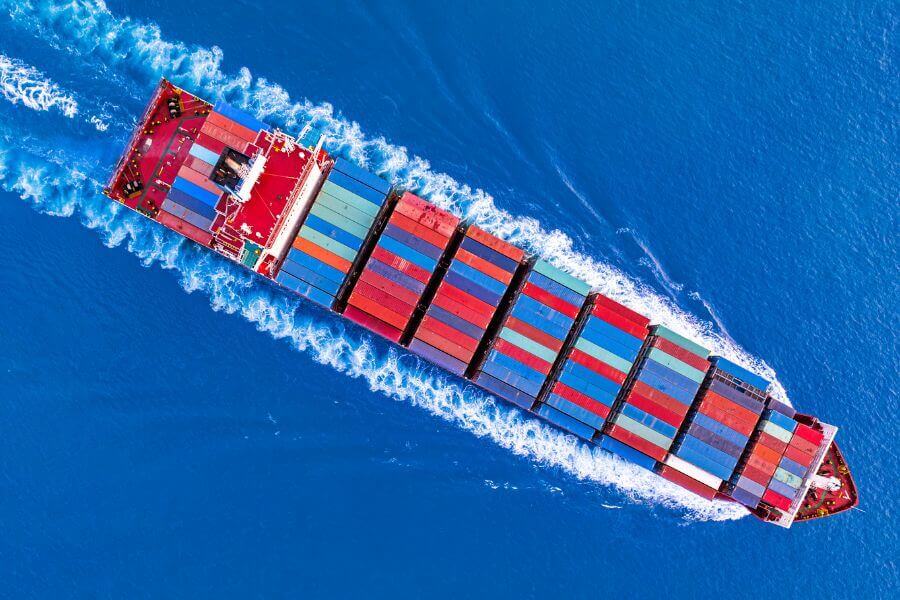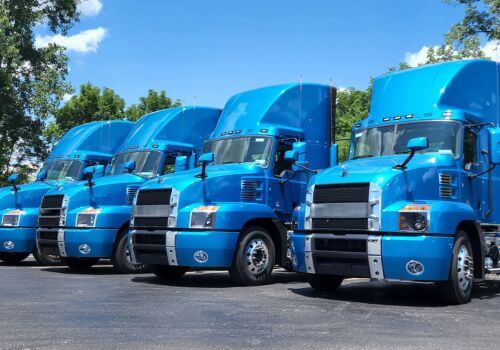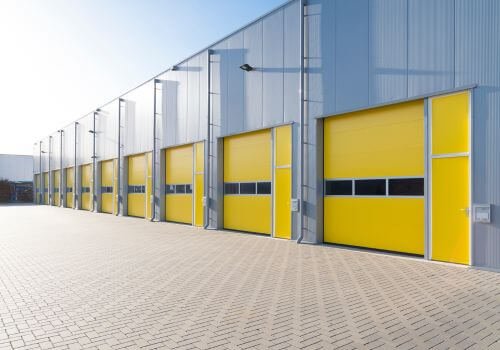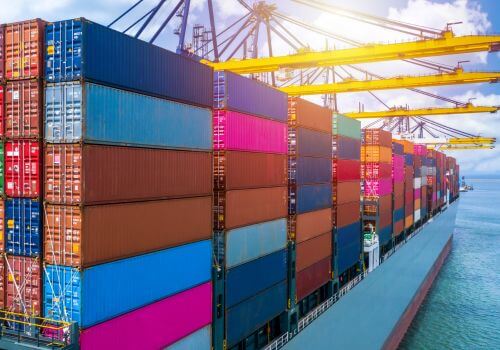In today’s interconnected global economy, the smooth movement of goods across borders is essential for businesses of all sizes. At the heart of this complex process lies freight forwarding, a crucial service that facilitates international trade and ensures products reach their destinations efficiently and cost-effectively.
This comprehensive guide will introduce you to the world of freight forwarding, explaining its key concepts, processes, and importance in the logistics industry.
What is freight forwarding in logistics?
Freight forwarding is a specialized service that organizes the shipment of goods from one location to another, typically across international borders. Freight forwarders act as intermediaries between shippers (exporters or importers) and various transportation services, including shipping lines, airlines, trucking companies, and rail operators. Their primary role is to ensure the smooth and efficient movement of cargo throughout the supply chain.
What are the roles of freight forwarders?
Freight forwarders wear many hats in the logistics industry. Their responsibilities include:
- Cargo consolidation and deconsolidation
- Route planning and optimization
- Carrier selection and rate negotiation
- Documentation preparation and management
- Customs clearance assistance
- Warehousing and distribution
- Tracking and monitoring shipments
- Insurance arrangement
- Providing expert advice on international shipping regulations
By leveraging their expertise, network of contacts, and industry knowledge, freight forwarders streamline the shipping process, saving their clients time, money, and headaches.
How does freight forwarding work? The process
Understanding the freight forwarding process is crucial for anyone involved in international trade. Let’s break down the typical steps involved.
1. Export haulage
The process begins with the movement of goods from the shipper’s location to the freight forwarder’s warehouse or directly to the port of origin. This step is often referred to as “first mile” transportation.
2. Export customs clearance
Before goods can leave their country of origin, they must clear customs. Freight forwarders assist in preparing and submitting the necessary documentation to obtain export clearance from customs authorities.
3. Origin handling
Once the goods arrive at the port or airport of origin, they are unloaded, inspected, and prepared for international transit. This may involve consolidating smaller shipments into larger ones to optimize space and reduce costs.
4. International transportation
This is the main leg of the journey, where goods are transported via sea, air, rail, or road (or a combination of these) to the destination country. Freight forwarders coordinate with carriers to ensure the most efficient and cost-effective route is chosen.
5. Import customs clearance
Upon arrival in the destination country, goods must clear customs again. Freight forwarders facilitate this process by preparing and submitting required documentation, paying duties and taxes on behalf of the client, and ensuring compliance with local import regulations.
6. Destination handling
After clearing customs, the goods are transferred to a local warehouse or distribution center. Here, they may be deconsolidated if they were part of a larger shipment.
7. Import haulage
Finally, the goods are delivered to their final destination, often referred to as “last mile” delivery. This could be a retailer, warehouse, or end customer.
What are the different types of freight forwarding services?
Freight forwarders offer a variety of services to cater to different shipping needs:
Air freight: Ideal for time-sensitive or high-value goods, air freight offers the fastest transit times but is generally more expensive than other options.
Sea freight: Sea freight is the most common method for international shipping, offering cost-effective solutions for large volumes of goods. It’s divided into two main categories:
- Full Container Load (FCL): The shipper books an entire container for their goods.
- Less than Container Load (LCL): Multiple shippers share space in a single container, ideal for smaller shipments.
Road freight: Used for shorter distances or as part of a multimodal transport solution, road freight offers flexibility and door-to-door service.
Rail freight: An eco-friendly option for long-distance overland transport, particularly useful for heavy or bulky goods.
Multimodal transport: Many shipments involve a combination of transport modes to optimize efficiency and cost-effectiveness.
Key documentations in freight forwarding
Proper documentation is crucial in international shipping. Here are some essential documents freight forwarders deal with:
- Bill of lading (B/L): A legal document that serves as a receipt of goods, a contract of carriage, and a document of title.
- Commercial invoice: Details the goods being shipped, their value, and other relevant information for customs purposes.
- Packing list: Provides a detailed inventory of the shipment’s contents.
- Certificate of origin: Declares the country where the goods were manufactured or produced.
- Customs declaration: Used to declare goods to customs authorities for import or export.
- Letter of credit: A financial document that guarantees payment to the seller once certain conditions are met.
Incoterms in freight forwarding
International Commercial Terms, or Incoterms, are standardized trade terms that define the responsibilities of buyers and sellers in international transactions. Some common Incoterms include:
- EXW (Ex Works): The seller makes the goods available at their premises, and the buyer is responsible for all transportation and associated costs.
- FOB (Free on Board): The seller is responsible for delivering the goods to the port and loading them onto the vessel. The buyer assumes responsibility once the goods are on board.
- CIF (Cost, Insurance, and Freight): The seller covers the costs of shipping and insurance up to the destination port, but the risk transfers to the buyer once the goods are loaded onto the vessel.
- DDP (Delivered Duty Paid): The seller is responsible for all costs and risks associated with delivering the goods to the agreed destination, including duties and taxes.
Understanding these terms is crucial for determining who bears the risks and costs at various stages of the shipping process.
In summary, Freight Forwarding is the process of organizing and managing the shipment of goods from one place to another, typically across international borders, using various transportation methods such as sea, air, rail, or road.







